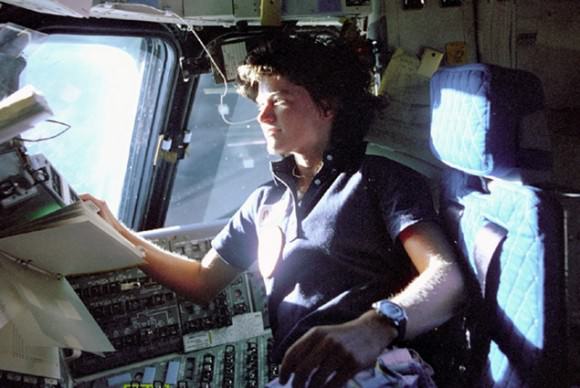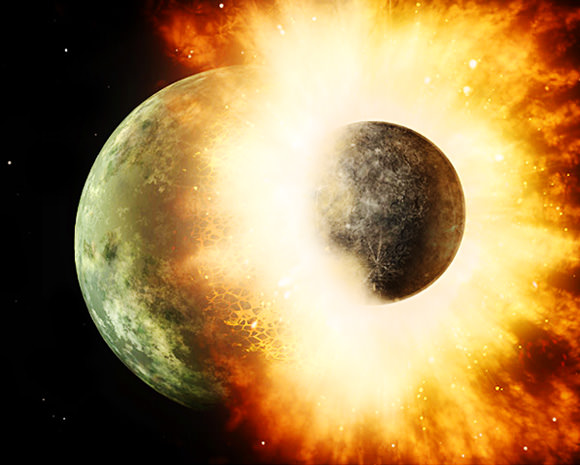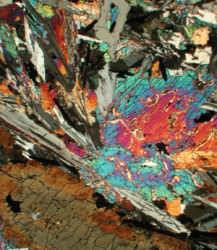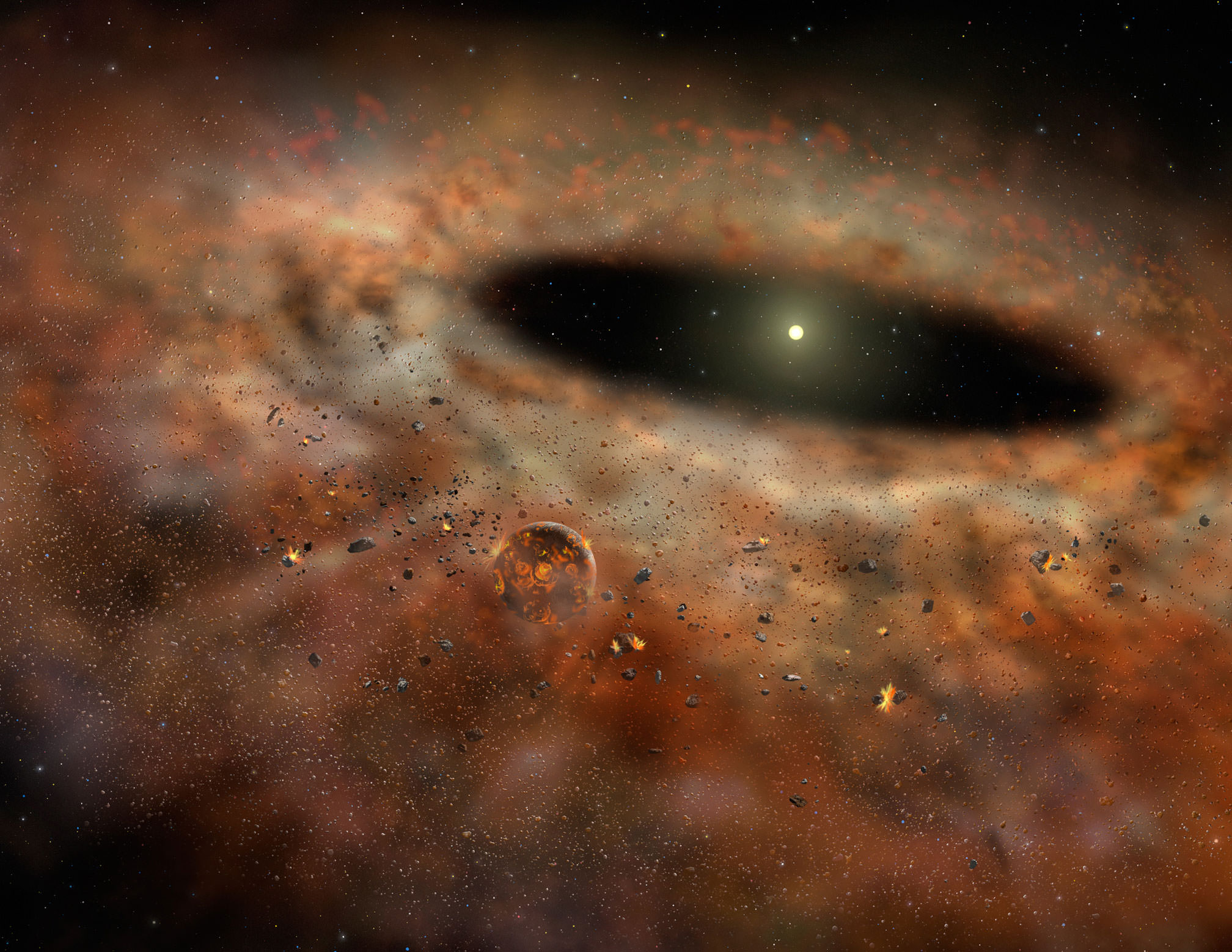Dr. Sally K. Ride, physicist, NASA astronaut, and first American woman to fly in space, will be honored with a U.S. Navy research vessel bearing her name, which will be operated by and homeported at San Diego’s Scripps Institution of Oceanography.
“Dr. Sally Ride inspired millions of people, especially young women and girls, to reach for the stars,” said U.S. Sen. Barbara Boxer, D-Calif. “Naming the Navy’s new ocean research vessel in her honor is a fitting tribute to her legacy of innovation and discovery.”
Dr. Ride died at her home in La Jolla on July 23, 2012, after a 17-month battle with pancreatic cancer. She was 61.

Dr. Ride was selected for NASA’s astronaut corps in 1978 and became the first American woman in space aboard Space Shuttle Challenger in 1983. In 1989, she joined the faculty of UC San Diego as professor of physics and was director of the university’s California Space Institute.
“We are touched by the extraordinary honor that this ship is being named for Sally Ride, who, after serving our nation as a pioneering and accomplished astronaut, served on the faculty of UC San Diego for nearly two decades,” said UC San Diego Chancellor Pradeep K. Khosla in a Scripps press release. “Her commitment to teaching and inspiring young minds is legendary and we take tremendous pride in this prestigious and well-deserved honor for her legacy and for UC San Diego.”
According to Gary Robbins in an article for the San Diego Union-Tribune “It is common for a research vessel to be named after an explorer or scientist. Scripps’ current fleet of Navy-owned ships includes the Roger Revelle, which bears the name of the late UC San Diego scientist who helped pioneer the study of global warming. The Woods Hole Oceanographic Institution in Cape Cod, Mass. is getting a ship named R/V Neil Armstrong.”

Designed to operate globally, R/V Sally Ride will continue the Scripps legacy of conducting pioneering ocean exploration and research critical to our understanding of our planet, our oceans, and our atmosphere. As a shared-use, general-purpose ship, R/V Sally Ride will engage in a broad spectrum of research in physics, chemistry, biology, geology, and climate science, including research missions with relevance to the Navy.
As a seagoing laboratory supporting research and education, the new ship will feature modern research instrumentation to fuel scientific exploration, including mapping systems, sensors, and profilers that will investigate features from the seafloor to the atmosphere.
“I can’t think of a more perfect name for the Navy’s new research vessel. Dr. Ride was a trailblazer in every sense of the word in the fields of science and engineering. Dr. Ride’s namesake ship and its crew will continue her legacy of courage, determination, and spirit of discovery.”
– U.S. Rep. Susan Davis, D-Calif.
R/V Sally Ride is currently under construction at Dakota Creek Industries Inc. in Anacortes, Washington, and is scheduled for launch in 2015.
Read more on the Scripps news site here, and watch a video on the naming of the vessel below:
Source: Scripps News




